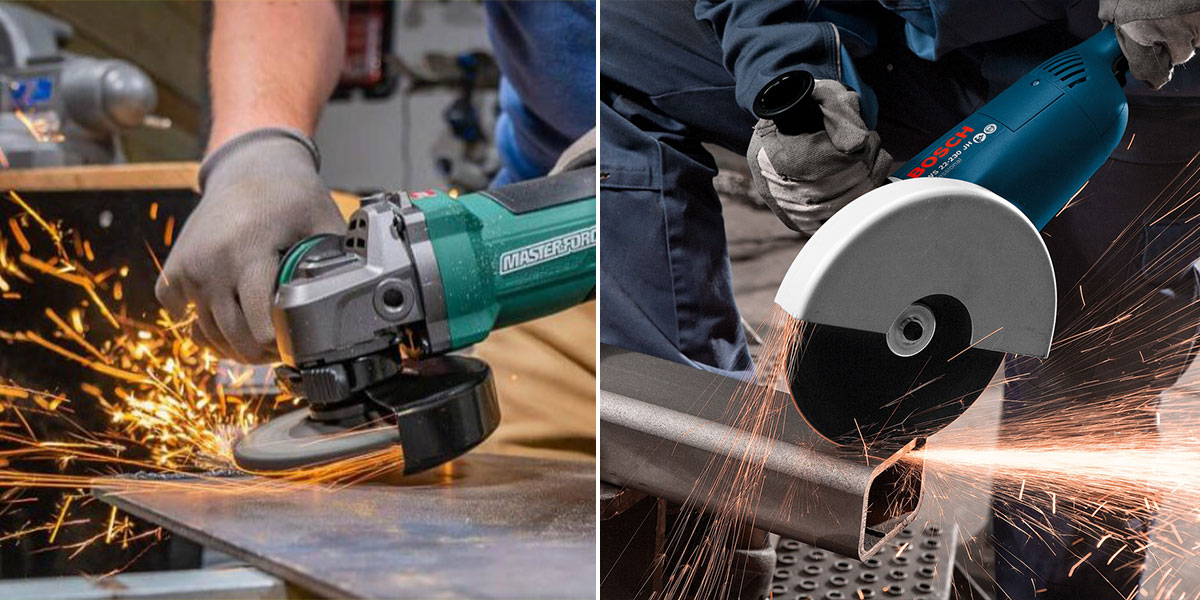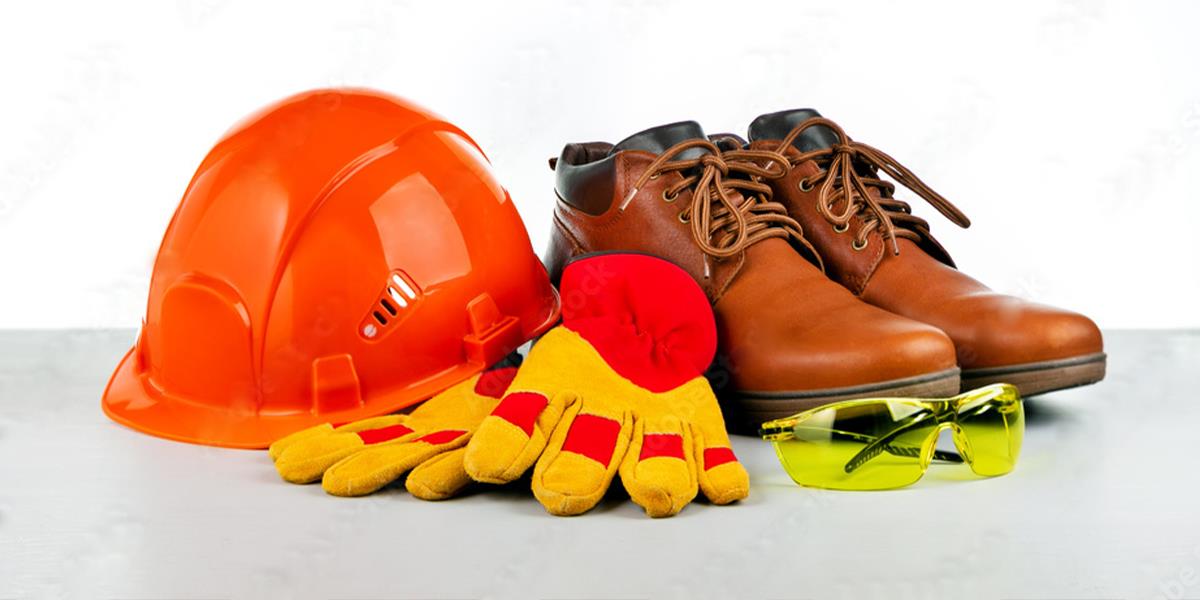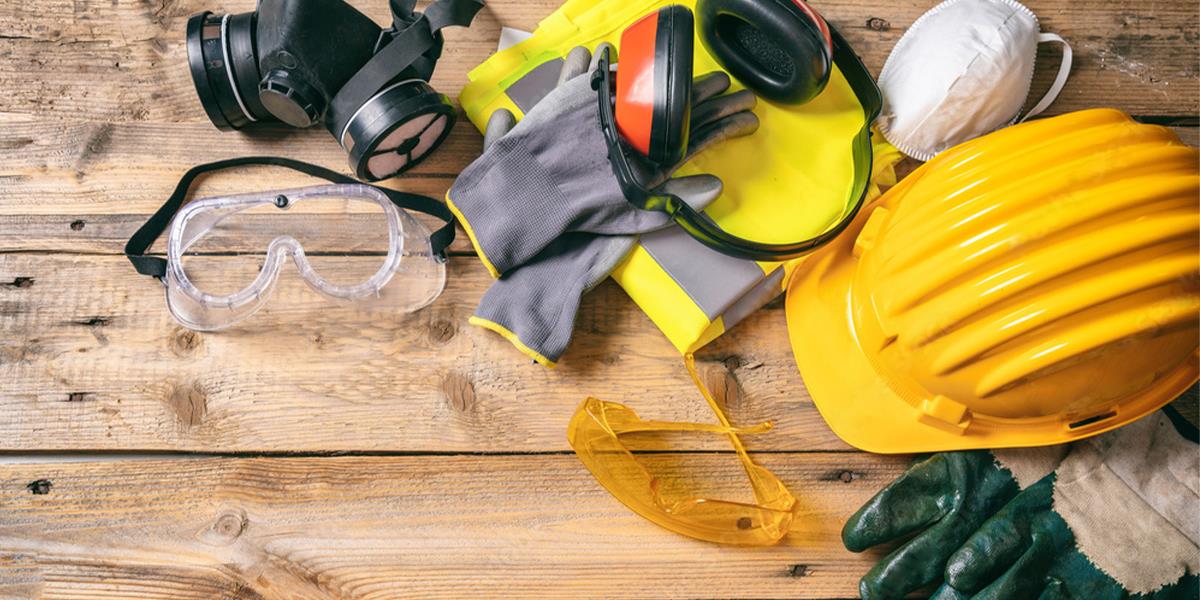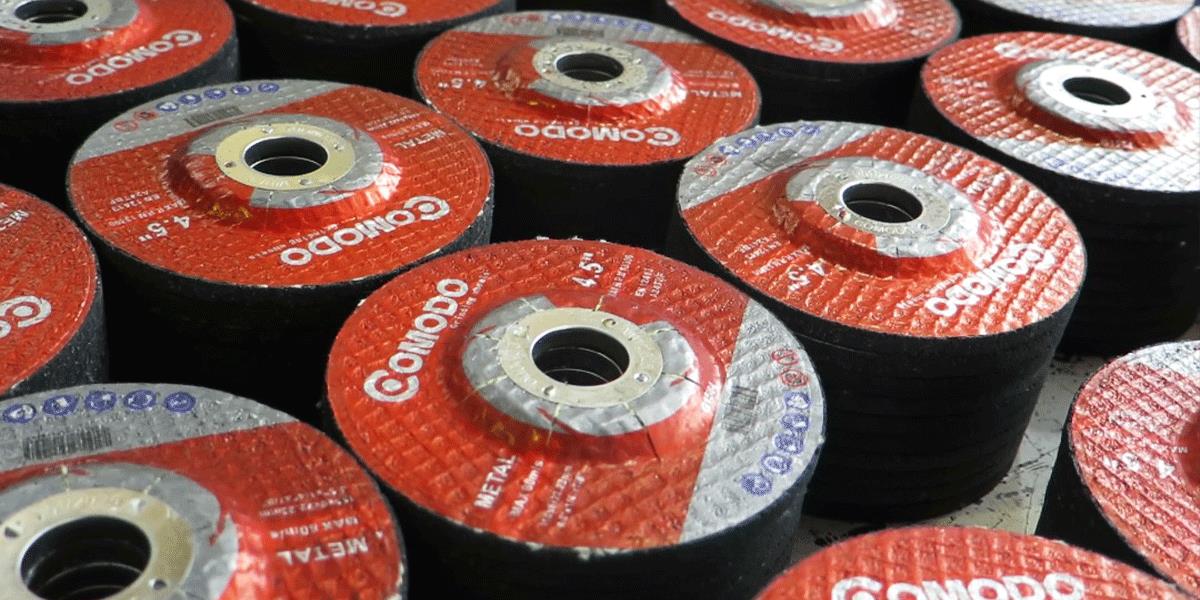When it comes to metalworking, two commonly used tools are cut-off wheels and grinding wheels. While they may seem similar, there are essential differences between them that make them suitable for specific applications. In this article, we will explore the unique properties and uses of cut-off wheels and grinding wheels, and understand the differences between these two important tools.
Cut-off Wheel vs Grinding Wheel: Differences Between them?
Composition and Manufacturing Process:
Cut-off wheels are made of abrasive particles bonded together with a resin matrix or a combination of resin and fiberglass. This composition gives them high strength and rigidity, enabling them to efficiently cut through various materials. Grinding wheels, on the other hand, are made of abrasive grains bonded together by a matrix, which can be resin, vitrified, or metal. The difference in their composition affects the way they interact with the workpiece and the cutting or grinding action they provide.
Strength and Durability:
Cut-off wheels are designed for rapid material removal and have exceptional cutting capabilities. They are thicker and stronger compared to grinding wheels, allowing them to withstand high-speed operations and heavy forces. Grinding wheels, on the other hand, are suitable for more precise grinding and finishing applications. They are thinner and less rigid, which allows for better control over the grinding process and the ability to reach tight spaces.
Application in Various Industries:
The uses of cut-off wheels and grinding wheels vary depending on the industry and the specific task at hand. Cut-off wheels are predominantly used in metalworking industries for cutting through materials such as steel, stainless steel, and aluminum. They are widely employed in applications such as metal fabrication, construction, automotive repair, and shipbuilding. Grinding wheels, on the other hand, are used for various grinding operations, including smoothing, shaping, and sharpening metal surfaces. They find applications in industries such as metalworking, woodworking, and engineering.
Uses in the Metalworking Industry:
Cut-off wheels are extensively used in the metalworking industry for tasks such as slicing through pipes, tubes, bolts, and other metal components. They allow for precise cutting, even in tight spaces, and are often employed for metal fabrication, machining, and construction projects. Grinding wheels, on the other hand, are used for grinding and shaping metal surfaces, removing excess material, and preparing surfaces for further finishing or painting.
Uses in the Construction Industry:
In the construction industry, cut-off wheels are primarily used for cutting through various construction materials, including concrete, asphalt, and stone. They are ideal for tasks such as cutting bricks, tiles, and paving stones. Grinding wheels are also utilized in construction projects for tasks such as smoothing concrete surfaces, removing excess material, and preparing surfaces for finishing touches.
Cutting Capabilities and Techniques:
Cut-off wheels offer quick and precise cutting capabilities, enabling efficient material removal. They are typically used with angle grinders or chop saws and allow for straight cuts, as well as bevel cuts at different angles. Different techniques, such as plunge cutting and surface cutting, can be performed with cut-off wheels, making them versatile tools for metalworking tasks.
Grinding Capabilities and Techniques:
Grinding wheels provide the ability to grind and shape metal surfaces according to specific requirements. They can remove material with precision, smooth rough surfaces, and create beveled edges or intricate shapes. Grinding techniques, such as surface grinding, cylindrical grinding, and centerless grinding, can be performed with grinding wheels, allowing for a wide range of applications in various industries.
Safety Considerations:
Both cut-off wheels and grinding wheels should be used with proper safety precautions. Users should always wear appropriate personal protective equipment (PPE), including safety goggles, gloves, and ear protection. It is essential to follow manufacturer recommendations regarding speed, pressure, and cutting depth to prevent accidents or tool failure. Regular inspection of the wheels for signs of damage or wear is crucial, and damaged or worn-out wheels should be replaced immediately.
Conclusion:
In conclusion, cut-off wheels and grinding wheels serve distinct purposes in the metalworking and construction industries. Cut-off wheels excel in rapid material removal and precise cutting applications while grinding wheels are ideal for grinding and shaping metal surfaces. The choice between them depends on the specific task at hand, considering factors such as the material being worked on, the desired outcome, and safety considerations. Understanding the differences between these two tools will help users select the right tool for the job and achieve efficient and quality results.




